A tram which has been exposed to the elements for nearly 90 years has been rescued by the Amman Valley Railway Society (AVRS) with the long-term plan being the full restoration of the tramcar. The Swansea tram has been in use as a poultry shed since 1927 in the Black Mountains but forthcoming redevelopment works have meant that it has needed rescuing before it is lost forever.
At this stage it is not known exactly which tram it is but the AVRS believe that it started off life as a horse car when it was built in 1890. Withdrawal came in 1927 and it was then sold to a local farmer to provide storage and for a time became the home to some chickens. The existence of the tram has been known about for over 20 years and indeed limited restoration work took place a couple of decades ago in situ at Brynamman but circumstances at the time meant this soon stalled. Now with building work set to take place in the locality the chance has been taken to rescue the tram body with it being transported to the AVRS headquarters at Enterprise House, Castell Close, Llansamlett.
David Stonehouse, AVRS heritage director, said: “Although there is as yet no positive identification, we believe this is the shell of a horse-drawn tram, built around 1890. It’s probably built of oak or teak, which explains why it has survived so well. It is understood the seats were removed from the tram at some point, and are now being stored at Swansea Museum. We’re now planning to carry out full restoration, and who knows, one day we may see it running on tracks again in Swansea.”
The charity are now looking for help to both fund the restoration work and also to assist with the work required on the tram. Mike Smith, CEO of AVRS, said: “We need artisans or companies who could help with specific aspects of material refurbishment such as timber, metal and bronze fittings. It would also be really helpful to find a project manager who could oversee the restoration. In addition, we’ll be looking for local businesses, the public and possibly crowd-funding to help raise enough money to complete the work.”
* More details of the tram and how you can help either by donating or volunteering to assist with the restoration can be found from the dedicated website at http://www.swanseatrams.cymru.

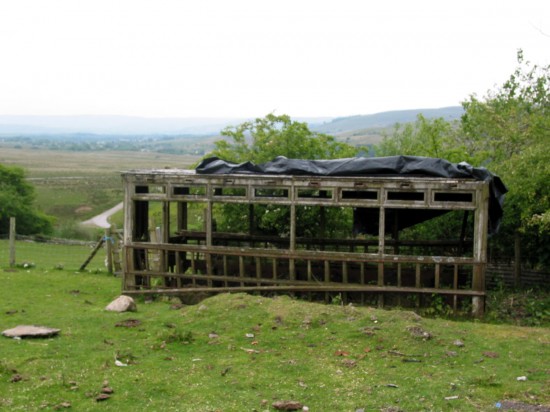
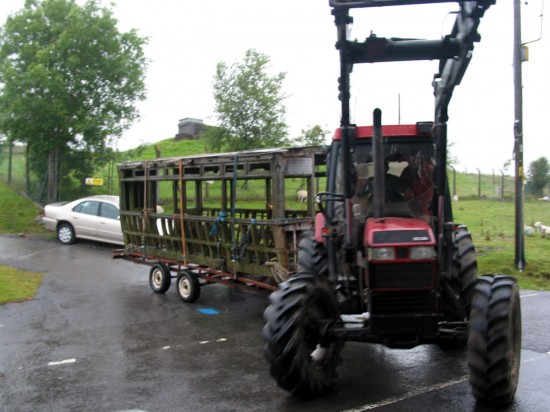
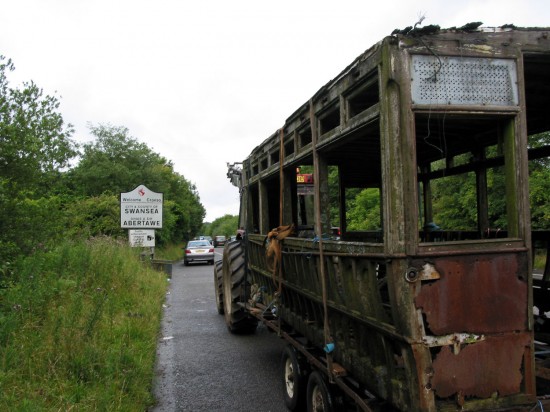
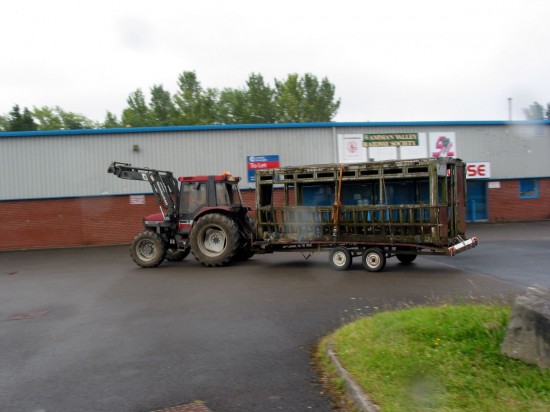
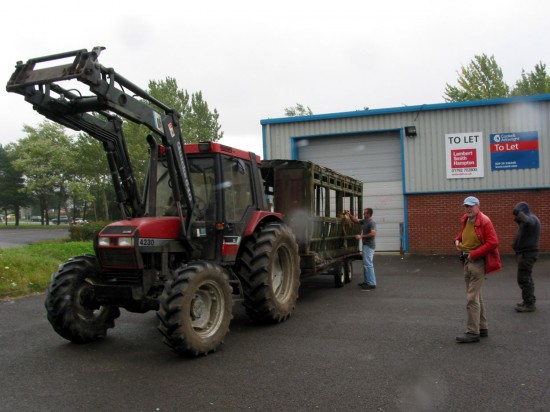
A good find, best of luck to them
Looking at the pictures,it’s more likely to be an early electric tram by the size of the windows and diamentions of body,which looks too heavy and too long for a horse tram?Usually the horse tram,had smaller windows with flimsy window pillars and shorter body.If you look at the end of the tram, where bulkhead is above the door, you will note that it looks as if the topdeck floor extended over the platform,which I am certain horse cars never did,plus on early electric trams the off side of bulkhead sometimes had no window,looking at it it looks more like a standard British Electric Car Co “Preston”tram?.Perhaps other persons might have some comments.This is no criticism,just an helpful observation.
Definitely an electric tram lower saloon concurring with Vernon’s remarks. A low height double deck Swansea tram fully restored is on display at Swansea’s waterfront museum, together with one end of a Swansea and Mumbles Brush built double deck tram – rescued from the Middleton Railway in Leeds. Well worth a visit – as it’s a tram display rarely mentioned in these (and other) columns.
I am now very confused John, thought the Swansea and Mumbles end was a different car to the one that went to Middleton. I do know that the Trucks from that one are safe at Crich.
It is remarkable testimony to the carpenters who built the frame that it has lasted so long and so well that it can be used as the basis of a reconstruction.
Thanks to you all for this info. It just goes to show how little we know!
This is really useful stuff and is a great starting point for us at AVRS to continue the research. Thanks again.
Another great find, which bears out my comment when we rescued Oldham 43 for Heaton Park, that there will be more out there. Some of tehse will be unknown and others have people keeping an eye on them just not in the public domain. Great stuff!
As regards Swansea and Mumbles bits – Steve is correct – Of car 2 that went to Middleton in 1960, only the trucks remain at Clay Cross. Still in South Wales is one complete end of car 7, which was also rescued back in1960.
I stand corrected. Nonetheless the Swansea museum display of both a low height tram (Brush body I believe) and the complete end of Swansea and Mumbles car (also Brush Engineering) number 7, are certainly worth a visit – with both being unique examples. The few Welsh trams to enter preservation are rarities in themselves. It will be a long haul for the Group which have retrieved the saloon body of a further Swansea car – but the survival of now preserved trams from Stockport, Manchester, Bolton, Southampton, Chesterfield, and ongoing restoration projects involving Brighton, Warrington, cars (for example) offer hope that one day a second Swansea electric tram will join their ranks. Well done.
It is one of the Swansea low height built in the late 1920’s/early 1930’s as evidenced by the quarterlights. It will be either one of the Brush-built cars ( 5 – 15, built in 1923, 3 or 4, built in 1926), or one of the Tramways Company-built cars (22 – 35, built between 1926 -1933). It will be identical to the preserved & restored Swansea 14, which incorporates parts from Swansea 12, These two, can , therefore, be excluded.
If it actually has been there since 1927 it is hardly likely be one built 1926 onwards, and certainly not one built later. If it is one of these 1923-33 trams, then the date stated when it became a chicken shed must be wrong. Where does the 1927 date come from?